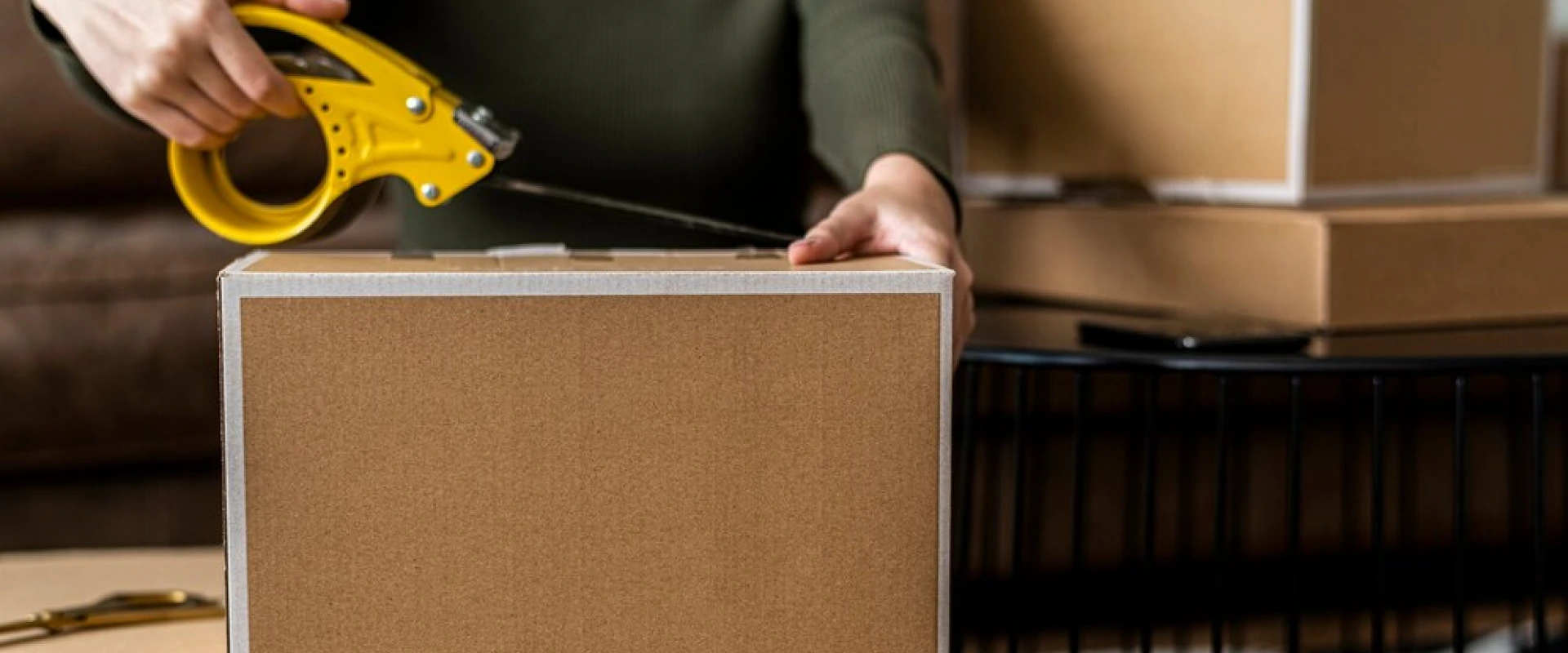Shipping items internationally involves a myriad of considerations, from regulations and customs to the logistics of ensuring your package arrives safely and intact. One of the most crucial decisions in this process is selecting the right box. Here’s a comprehensive guide to help you choose the best box for international shipping.
-
Understand Your Shipping Needs
Before selecting a box, evaluate what you’re shipping. Consider the following:
- Weight: Heavier items require sturdier boxes to prevent damage.
- Size: Oversized boxes may incur additional shipping costs. Measure your items and choose a box that fits snugly without excessive extra space.
- Fragility: Fragile items need extra protection, such as double-walled boxes or additional cushioning.
-
Choose the Right Box Material
The material of the box plays a significant role in protecting your items. Here are the common materials used:
- Corrugated Cardboard: The most popular choice for shipping boxes, corrugated cardboard is lightweight yet durable. It’s suitable for a wide range of items, offering good protection against bumps and drops.
- Double-Walled Cardboard: For heavier or more fragile items, double-walled cardboard provides extra strength and cushioning. It’s ideal for items that need added protection during long transits.
- Specialty Materials: For extremely fragile or valuable items, consider specialty materials like wooden crates or heavy-duty plastic containers. These offer maximum protection but can be more expensive and heavier, affecting shipping costs.
-
Check for International Shipping Standards
Ensure the box you choose meets international shipping standards. Many shipping companies and countries have specific requirements for the types of boxes and packaging materials allowed. Look for boxes that are:
- Certified for International Shipping: Some boxes come with certifications indicating they are suitable for international transport.
- Compliant with ISPM 15: If you’re using wooden packaging, it must comply with ISPM 15 standards, which regulate the treatment of wood to prevent the spread of pests.
-
Use the Right Size and Shape
The size and shape of the box should be appropriate for the contents:
- Snug Fit: Choose a box that fits your items snugly to prevent movement during transit. Use cushioning materials like bubble wrap, packing peanuts, or foam inserts to fill any gaps.
- Avoid Overpacking: Do not overfill the box, as it may burst during handling. Leave enough space for cushioning materials but avoid excessive empty spaces.
-
Labeling and Documentation
Proper labeling and documentation are critical for international shipping:
- Clear Labels: Ensure the box is labeled clearly with the recipient’s address, sender’s address, and any required shipping labels.
- Customs Documentation: Include all necessary customs forms and declarations. Incorrect or missing documentation can lead to delays or additional fees.
Conclusion: Get the Right Box for Your Needs at NTXSupply.com
Choosing the right box for international shipping is essential to ensure your items arrive safely and intact. By considering factors like weight, size, material, and shipping standards, you can make informed decisions that protect your items during transit. For a wide selection of high-quality boxes and packing materials, visit NTXSupply.com. NTX Supply offers a range of options to meet your international shipping needs, helping you ship with confidence and peace of mind.

